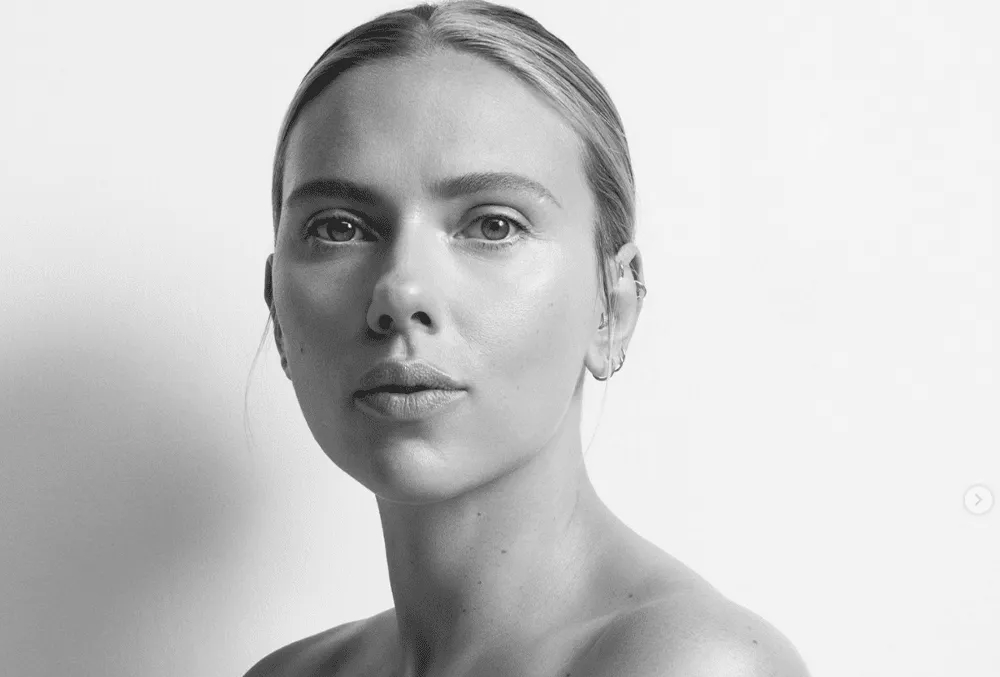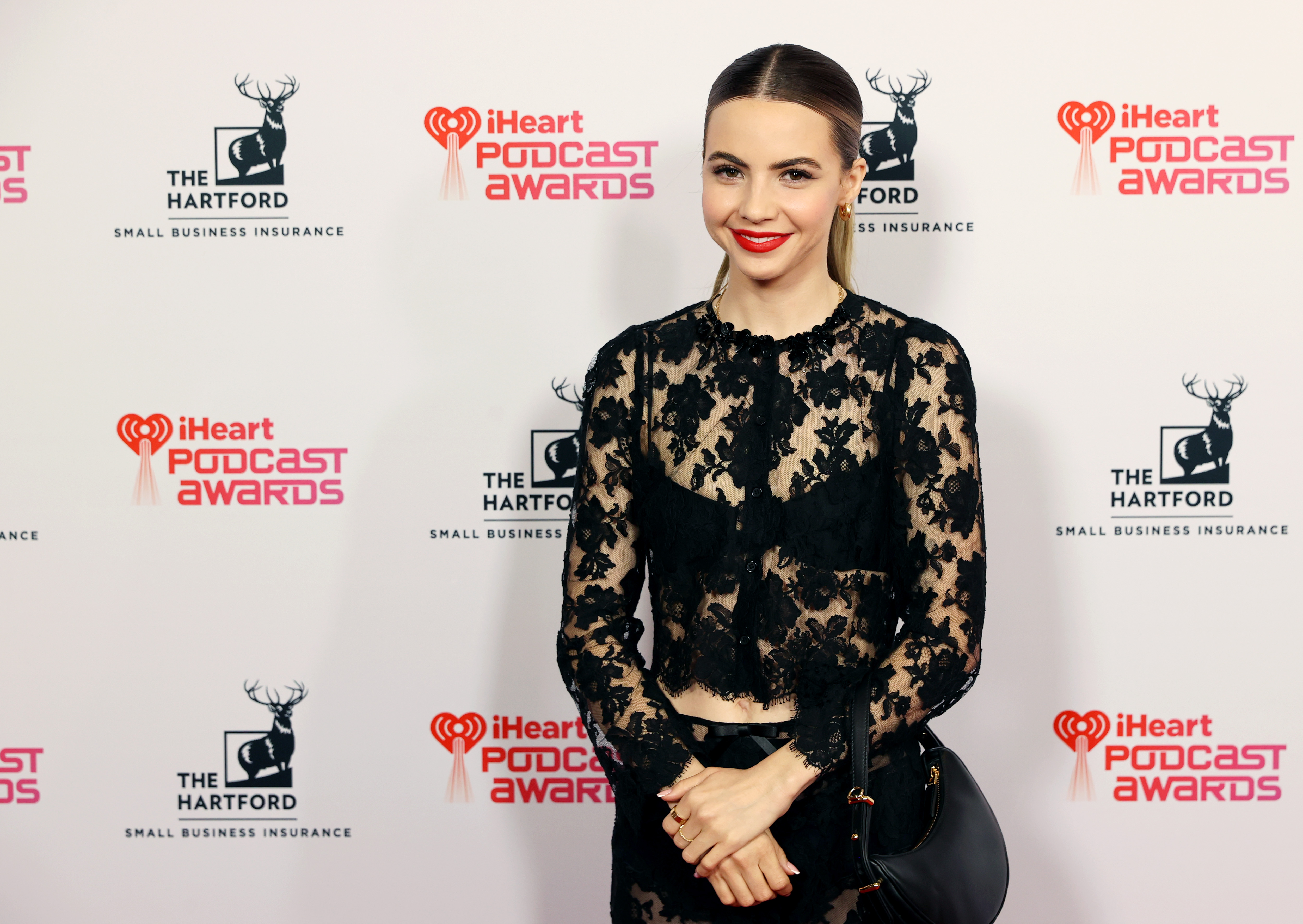Jewel Discusses Mental Health, 90s Trends, Ageism, and Tour Essentials

Jewel is not only remembered for her beautiful lyrics from the 90s, but she continues to perform in the present day on her own terms. Recently, she has performed with Olivia Rodrigo and announced that she plans to tour with Melissa Etheridge. Jewel is not just a singer, but a woman of many talents.
At present, she is preparing the Crystal Bridges Museum in Arkansas for an art exhibit that she is both hosting and curating. The exhibit will explore how music, mental health, technology, and art intertwine. Among the exhibition pieces will be four of Jewel's own works, an oil painting, a sculpture, a hologram video, and a drone show. Jewel spoke about her upcoming art show, her opinions on ageism in music, mental health, and her decision to adopt a strawberry blonde look.
She says that her entire life has focused on three areas: music and writing, visual art, and behavioral health. Jewel expresses that this art exhibit brings together these three aspects of her life for an artistic experience. She believes in the importance of aligning the three realms of reality we all navigate daily: our thoughts and feelings, the visible elements of our lives, and that mysterious aspect that humans have strived to define since our inception. Achieving wellness, she says, is about aligning these realms.
Jewel also offered insight into her makeup and fashion routines, revealing that she does her own makeup, with a preference for bold eye colors and wearing hats due to her unfamiliarity with hairstyling. Off-stage, she often wears a tinted sunscreen. She confesses a fondness for Keystone's Lassino as a lip and skin balm.
Jewel credits her makeup skills to her young start in her music career and her relationship with renowned makeup artist Kevyn Aucoin, who taught her how to apply makeup. She relates makeup to her painting, finding the process relaxing prior to her shows.
As for her thought on fashion trends, Jewel would love to abolish the low-rise jeans from the 90s, finding them unflattering regardless of body type. On the other hand, she wouldn't mind a resurgence of the 90s grunge look.
“I love it. I love change. I feel like it’s just hair, and it’ll grow back, and we can do other things with it. But I really loved the change to the strawberry blonde red color. Jill Buck does my hair, my cuts and my color. She’s from the Nine Zero One Salon, and she’s so talented and couldn’t be a nicer person. I’ve worked with her for decades. It’s actually hard in the beauty industry because trends happen, and it’s very hard with my job we have to stay current on what new things are happening in art and music, and it’s the same for them with beauty, and she’s just always really stayed incredibly current.”
“Yes, I think that young professionals don’t realize how big that is. It’s the same with musicians you’re hiring for a band and beauty teams that we work with. You have to be a good hang. There are a lot of people out there who are talented, but if you’re not a good hang, why are we going to do that? Life’s too short. We spend too much time with these people.”
“Gosh, I have lots of things. Just a really quick tip is just don’t look at your phone first thing when you wake up, keep it off, don’t turn it on, don’t hear the ding, don’t feel the vibrating buzz of the phone. Then do something that puts you in a state of mind that you like, whether it’s meditating or praying or reading a passage from a book or just getting in the shower and listening to music you love.
Having a gratitude practice is really good. It can’t be something that’s like hashtag grateful. It has to be something that profoundly moves you to tears for it to work because the idea is that through biofeedback and neurofeedback, it works because your whole body gets involved. It can’t just be a thought like, ‘I’m grateful for my health.’ It has to be something that moves you, and when it’s like that, it can actually be a really profound practice.
I also developed a virtual mental health platform called Innerworld. It’s designed as a social platform, and there’s a trained guide all the time. It’s safe, and you can learn tools. Let’s say you’re sad one day, or your cat died or you’re just anxious you can go in there 24 hours a day, seven days a week, and find support. Then the other half of the platform is skill-based. For example, at one o’clock, there will be a class on anxiety and a skill around it, like a behavioral tool. It’s a clinical research platform, so we’re really tracking outcomes to make sure that we’re getting the results that people want because it can’t be like, ‘I think I feel better.’ This stuff can change your life, and that’s what we’re trying to do.
We actually were just able to publish two white papers showing we’re as effective as traditional therapy. There’s a huge space between where meditation apps end and psychotherapy begins. There are so many clinical results we can get with people with social anxiety, agoraphobia and PTSD. We have tons and tons of classes and scientifically proven behavioral tools around those.”
“Gosh, I’ve seen huge shifts around mental health and the arts. I took a two year break after my second album, Hands, because I didn’t like the level of fame I got—it wasn’t good for me psychologically. But there were no words like ‘mental health break,’ so I was ridiculed like, ‘she can’t hack it’ and ‘she’s a has-been,’ you know, all that stuff. I love seeing now that musicians are able to take breaks.
I think for women, the Me Too movement was very needed. It’s a pretty scummy business. The toxicity in it is very, very high. I think younger women are in a better and safer place in general. Obviously, there’s still a long way to go.
The thing that I think is a gap still is ageism. Just now, Joni Mitchell is getting some of the recognition she deserves that was handed to Bob Dylan and Neil Young much easier, and she’s no less of a talent. Carole King and so many amazing women don’t have the ticket sales or even the prestige—it just isn’t given to them in the same way, and so I think that’s still a real issue around credibility and how the press treats women and female writers in general.”




